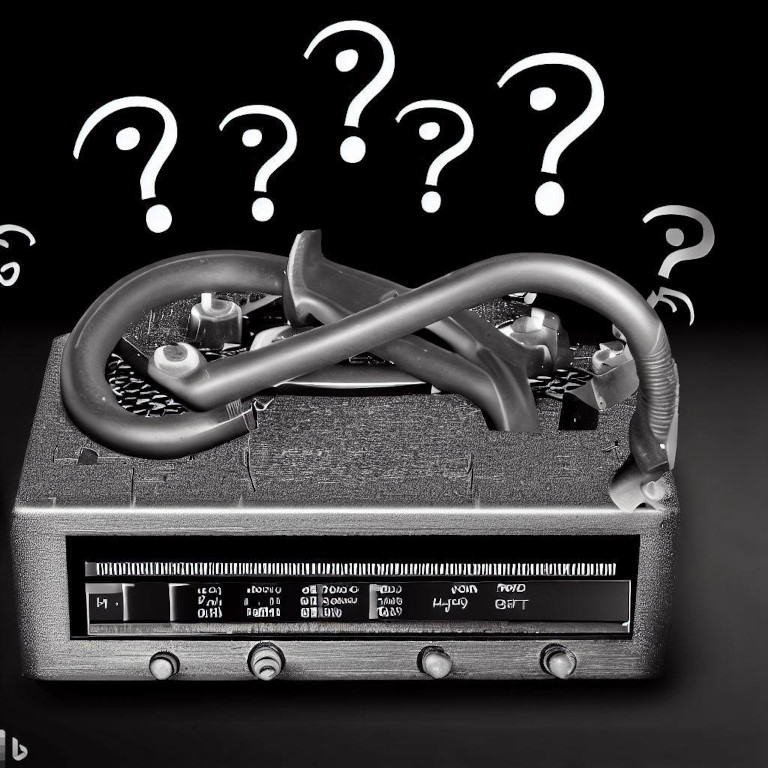DSL Technology: Is it Still Relevant Today?
What is DSL technology?

D SL stands for Digital Subscriber Line, and it refers to a technology used to provide high-speed internet connections over copper telephone lines. It works by splitting the phone line into two frequency bands, with the lower band being used for voice communication and the higher band being used for internet data transmission.
DSL technology was first introduced in the late 1990s and quickly became popular as an alternative to traditional dial-up internet connections. It offered faster download and upload speeds and allowed users to stay connected to the internet while still using the phone line for voice communication.
Latest Developments and Innovations in DSL Technology
Over the years, DSL technology has continued to evolve and improve. Some of the latest developments and innovations in DSL technology include:
- VDSL: Very High-Speed Digital Subscriber Line, which can provide download speeds of up to 100 Mbps.
- ADSL2+: An upgrade to ADSL technology, which can provide download speeds of up to 24 Mbps.
- Bonded DSL: A technology that allows multiple DSL lines to be combined for faster speeds.
These developments have helped keep DSL technology relevant in today's internet landscape, but how does it compare to other internet connection options?
Comparison to Other Internet Connection Options
DSL technology has some strengths and weaknesses when compared to other internet connection options:
| Connection Option | Strengths | Weaknesses |
|---|---|---|
| DSL | Widely available, affordable, good for streaming and browsing. | Slower speeds compared to cable and fiber, distance from provider affects speed. |
| Cable | Fast speeds, can bundle with TV service. | Performance can be affected by other users on the same line, more expensive than DSL. |
| Fiber | Fastest speeds available, reliable performance. | Availability limited to certain areas, more expensive than DSL and cable. |
As you can see, DSL technology has its strengths and weaknesses, but it is still a viable option for many users.
Real-World Examples
Let's take a look at some real-world examples of DSL technology in action:
- Bob and Linda: Bob and Linda live in a rural area where cable and fiber internet are not available. They use DSL technology to stream movies and TV shows on their smart TV, and they also use it for online shopping and social media.
- Sam: Sam lives in a city where cable and fiber internet are available, but he prefers DSL because it is more affordable. He uses DSL to work from home and stream music.
As you can see, DSL technology can still be a good option for those who don't need the fastest speeds available or who live in areas where other options are not available.

